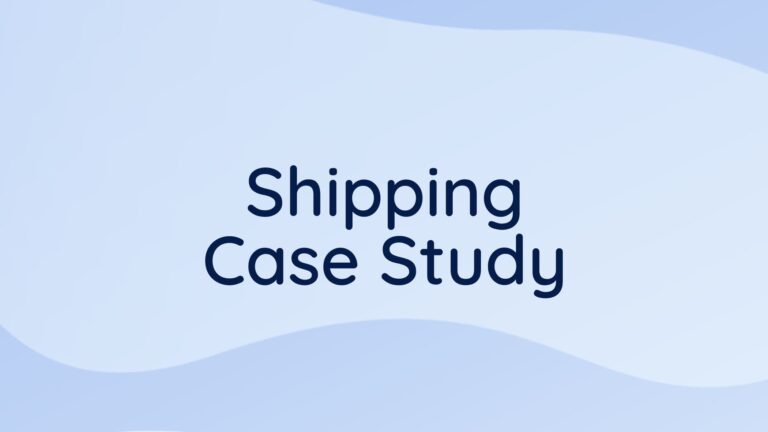
Building Dynamic Teams in Procurement
How effective leaders can use trust, diversity and inclusion to build dynamic teams in procurement and transform the way the function operates.
By Mackenzie Oakley | April 18, 2023
This article is inspired by a recent episode of The Sourcing Hero podcast featuring Harold Hendrickx, a fractional CPO and the founder of TransExecutive, a company that deploys the Procurement Task Force model to help procurement teams enable, optimize, transform, and rapidly deliver value.
This is a recap of his conversation with our host, Kelly Barner.
It might seem like an exaggerated comparison, but when you think about it, procurement and the military have a lot in common. In fact, best practices from the military can be utilized effectively in procurement.
Both sectors are about leadership and building relationships; both utilize technology to enable processes; and both can make a serious impact.
Procurement is going from defense to offense
Practitioners spend a lot of time thinking and talking about the evolving role and value proposition of procurement. For decades, procurement was solely focused on “defending” the bottom line and making sure everyone fell in line and followed the process. Practitioners did everything they could to ensure established frameworks stayed in place.
Now, procurement is constantly thinking beyond cost savings, expanding the value proposition to include the sales teams and stakeholders. Procurement is now concerned with how it can contribute to the brand’s reputation and the brand’s own value. All of a sudden, procurement is playing offense.
And, like the military, the concepts that get deployed for procurement involve setting clear goals and objectives so your team has mandates in place but is still able to make their own decisions. These concepts allow procurement to get into a proactive state rather than reactive.
Diversity of thoughts and perspectives are what strengthens a team. Effective leaders are able to bring a group of people from diverse backgrounds and bind them together with a sense of shared mission, trust and cooperation.
How dynamic teams in procurement make a difference
In order to be successful on offense, procurement needs to shift the way it operates. Dynamic teaming is the process of putting together teams based on diverse backgrounds, talents, skills, and viewpoints. If the individuals on your team feel represented and included (and treated as an equal), they’re more likely to willingly bring ideas to the table.
It’s possible that your organization’s procurement team consists of just the people working in procurement. What would happen if we expanded the circle to include executive stakeholders, distributed buyers, and even suppliers? How can procurement leaders bring these different people together and bind them together with a sense of shared mission and trust and cooperation?
The first step is making sure that you understand which capabilities, skills and competencies are required to deliver the end task or goal. Leaders can then sort of backwards-engineer their team from there, placing the right individuals in the right roles from the beginning. As work begins to happen, leaders need to remember to listen to their people. Doing so will create an environment built on trust and you’ll soon realize that your team members are full of brilliant ideas and capable of more than you initially thought.
The importance of building trust within dynamic teams
We all know the last three years or so have been unprecedented and beyond what most of us have ever experienced. Different types of leadership have emerged to meet the needs of very specific situations. Ensuring you have a team in place that is complementary and strong as a unit is key to surviving such challenges. Every individual on the team needs to feel relevant and able to contribute based on their perspective.
Good leaders – whether they’re in the military or procurement – don’t just shout orders. They will continuously work to build trust and strive for a “team spirit” that goes beyond just teamwork. As a leader, it is your job to make sure that you create that environment for your team members where they feel trusted, and understand what makes things work for each person.
The time and energy put into building out a dynamic team – and your approach to leading them – should take just as much effort as a contract negotiation, supplier relationship, or sourcing project. A solid team is the foundation for getting things done.
"[Challenging] situations call for making sure that you have a team [that] is complementary and strong together to solve [the problem] for you. That means that every individual on the team needs to feel relevant and can contribute from their perspective."
- Harold Hendrickx, Founder, TransExecutive
Leading dynamic teams in procurement through volatile, unpredictable situations
As procurement professionals, we’re facing unpredictable situations all the time. The next crisis is just around the corner. The unpredictability, however, allows us to stay sharp. Procurement leaders need to embrace the fact that we’ll always be challenged when it comes to things like supplier performance, supply chain instability, or sustainability costs. At the same time, leaders need to organize themselves to make the best use of the circumstance and come out on the other side stronger and better than ever.
The taskforce way of thinking prepares you for this. Rather than having people sit at a desk and complete tasks based on an outdated job posting, you disperse your team members based on capabilities and competencies. Those skills are then allocated towards the specific mission at hand.
Procurement leaders should absolutely take a serious look at their function and processes, the governance in the organization, and the existing operating model – and flip it on its head if need be. Move away from static category management, rigid roles and methodologies, and move towards a more flexible and resilient way of working.
For more insight, listen to the full episode of The Sourcing Hero podcast featuring Harold Hendrickx below:





